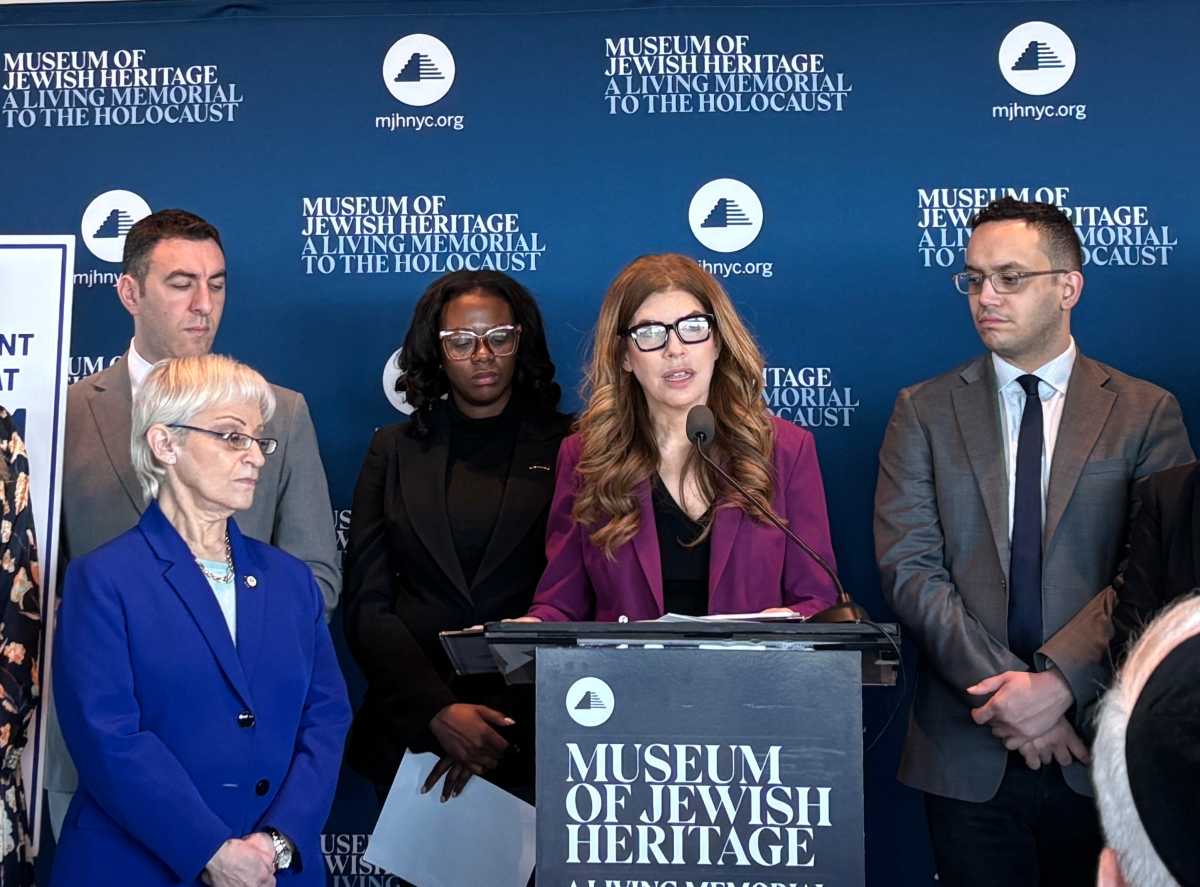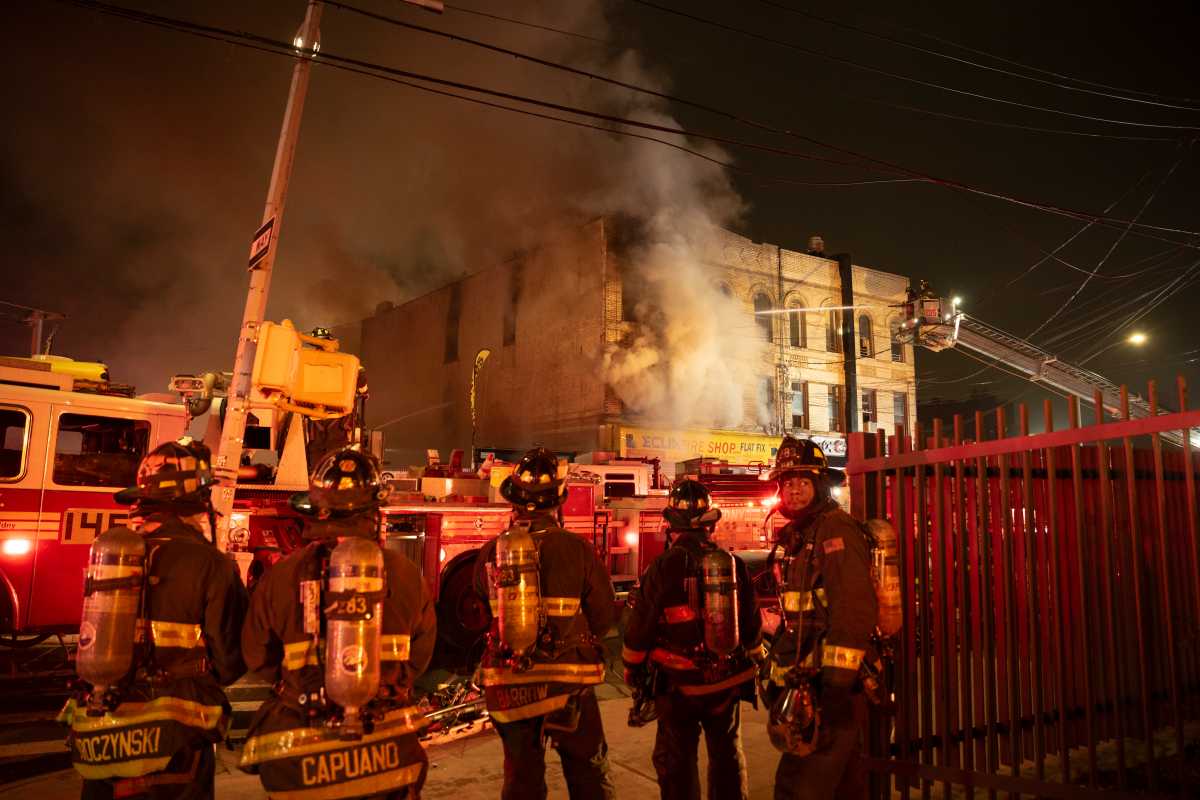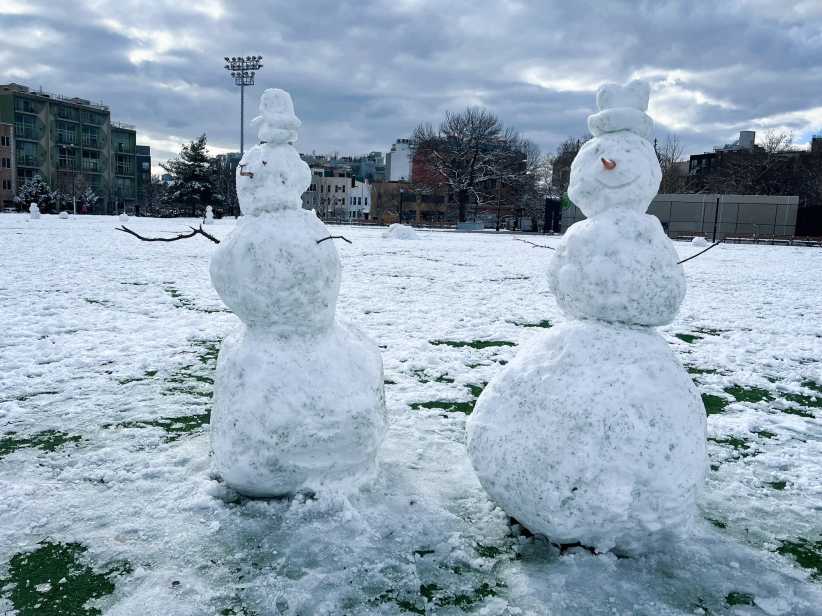As the doors of St. John’s Queens and Mary Immaculate hospitals closed for the final time at midnight on Saturday, February 28, it was admitted that there was “never a ray of great optimism” when it came to saving the foundering institutions.
“It was always a question of money, and the money just wasn’t there with the state [Department of Health] or Caritas [which operated the two health care institutions],” said Dan Andrews, spokesperson for Borough President Helen Marshall.
The fight to keep the hospitals open was a long one that included community protests, politicians – and even a trip to Albany.
But as of midnight, Friday, February 13, the two hospitals were on diversion, meaning that no patients were being taken into the emergency department and ambulances were required to divert patients to an alternate hospital.
Two weeks later, Queens said goodbye to its second and third health care facility in the past six months – The New Parkway Hospital closed in November of last year.
And, nearly 3,000 people said goodbye to their jobs.
According to a 2006 report commissioned by Marshall, Queens is critically underserved when it comes to hospital beds per number of residents. The report showed that Queens has 1.4 hospital beds per 1,000 people in a borough of 2.3 million residents, compared to Manhattan’s 7.1 beds per 1,000 for a population of 1.5 million.
“In Queens there has been a decline in the number of hospitals and beds but an increase in residents,” said Michael Hinck, director of Public Affairs for Jamaica Hospital. “The administrative staff at Jamaica Hospital has been here 30 years and there used to be 23 hospitals in Queens. There are 10 now, with the closings of St. John’s and Mary Immaculate, but the residents have increased.”
Hinck told The Courier that Jamaica, a trauma center, has seen a “significant increase in patients” in both the emergency room and inpatient capacity. Walk-ins and ambulance transports are also higher, he said.
On an average per day, he noted, Jamaica Hospital staff sees an additional 75 patients.
“The closure of Mary Immaculate as a trauma center means we see more ambulance calls and walk-ins,” said Hinck. To deal with the added patient load, they are “in the process of expanding our capacities.”
Although no new staff has been hired yet, additional people are on duty and are “really meeting the challenge,” according to Hinck.
“We’ve gotten positive feedback,” he said. “The patients and community at large understand.”
In the meantime, Andrews told The Courier that a hospital task force is set to meet on March 19. Its agenda will include the fallout from the closures and a status report from the surrounding hospitals.
“The Borough President is heavily engaged,” said Andrews, who noted that of major concern are response time and a potential lack of life-saving equipment. “The issue now is that those sites remain to provide some sort of medical care, that they are not demolished or become something else.”
He summed up the issue succinctly: “It’s not going away [because these two hospitals closed.]”
WHERE TO GO FOR YOUR RECORDS
St. John’s Queens and Mary Immaculate hospitals are now closed, though St. Dominic’s Family Health Center on Sutphin Boulevard in Jamaica and the Methadone Maintenance Treatment Program in Jamaica will both continue to provide services.
Medical records of patients who have relied on Mary Immaculate and/or St. John’s hospital will be retained and will be provided to you, your physician or new ambulatory care provider. Use the contact information below to request a form to release a copy of your medical records.
St. John’s Hospital
Mark Gilliam
Telephone: 718-558-1158
St. John’s Family Health Center
Doreen D’Alessandro
Telephone: 718-286-1011
Mary Immaculate Hospital
Wanda McPherson
Telephone: 718-558-2220































